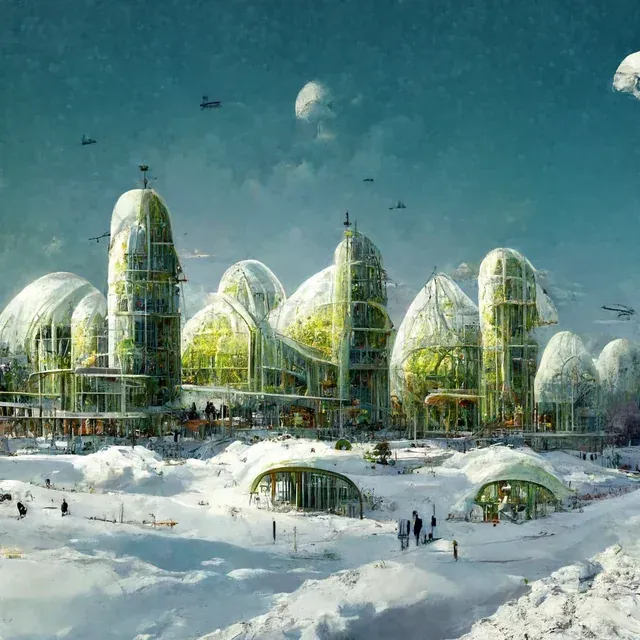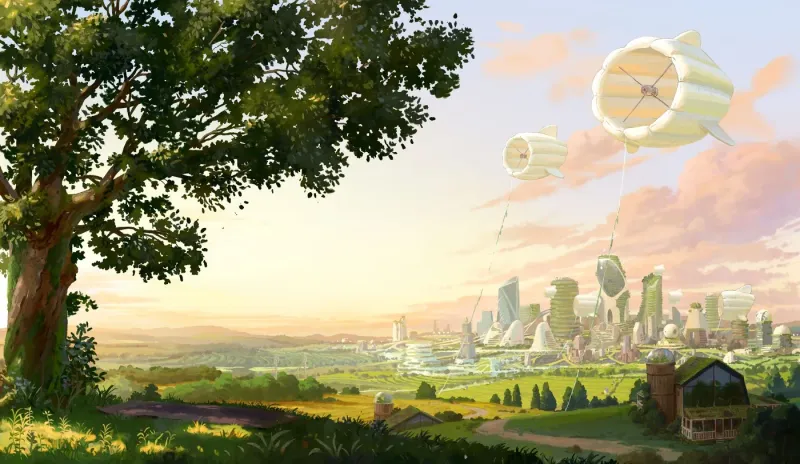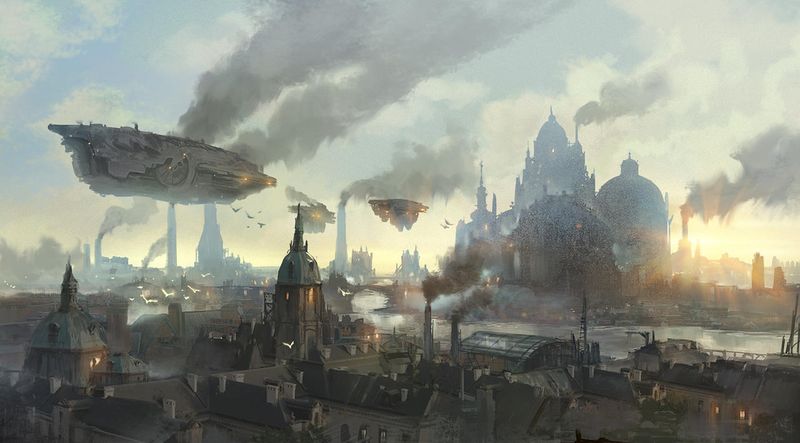The landscape of SolarPunk narratives is interesting to observe. The categorisation that follows is my understanding through my own research and, as explained before, this landscape is an active process subjected to changes.
Interestingly enough, there are geographical differences between a Western tradition of sci-fi novels and writing genre, and what we could call the “global south” perspectives. These differences address first different social and environmental challenges and second, different understanding of our relationship to them.
I would argue these are useful and beneficial to the scaffolding process required for a societal shift (from fringe to mainstream) of ideas linked to transition and sustainability, such as Transition Design, Regenerative Design, and Planet-Centric Design.
I invite you to look further into a collection of resources I prepared for this article here, but the stories gathered in the anthologies try to redefine our relationship to nature, technology, other species and living organisms, food, etc.

Food, consumption and our relationship to other species
Excerpt from the introduction chapter of the anthology “Multispecies Cities: Solarpunk Urban Futures”:
“The delightfully disturbing [story] “A Life With Cibi” by Natsumi Tanaka demonstrates how our need to consume can conflict with any universalist notions of bodily autonomy and individual freedom. Through a world where food called “cibis” walk around and talk to you as you carve off their flesh, Tanaka gives voice and shape to the close relationship between how we eat and how we could be eaten, destabilising any ideas of innocence or ability to separate ourselves from the world of predator-prey relationships.
[In the story,] the protagonist’s distaste for eating a cibus that she shares her house with backfires, as the creatures need to be consumed regularly to prolong their life. The cibus withers and dies, reminding us multispecies justice does not simply mean straightforward notions of care, guardianship, and “living and letting live”, but rather acting both responsively and responsibly in both life and death.”
Optimistic realism
Excerpt from the preface, by Sarena Ulibarri, of the anthology “Solarpunk: Ecological and Fantastical Stories in a Sustainable World”:
“While it is part of the larger movement of “climate fiction,” the “solar” in solarpunk has come to represent not only the ecological aspect of this budding subgenre, but also the idea of brightness and hope. [...]
The limited cannon of self-proclaimed solarpunk fiction was one reason I thought it was so important for this anthology to be translated into English.
When I negotiated the deal with Editora Draco, I didn’t know if the stories would even fit what was being defined as solarpunk in the English-speaking realm [but] I knew it was essential that these early examples not be erased from the conversation simply because they were written in a different language.
The stories in this anthology are far less utopian and pastoral, [there] is quite a lot of death and violence [and] several of the stories show that just because a corporation or government is “green” doesn’t mean it’s free of corruption.”
From the story “Soylent Green is People!” by Carlos Orsi (Solarpunk: Ecological and Fantastical Stories in a Sustainable World):
“Now, I suppose some eyebrows have risen when the word “disabled” appeared in the paragraph above.
In fact, it is hard to imagine a condition, short of death pure and simple, that can’t be greatly mitigated by some combination of gene therapy and cybernetics […]
The reader probably already has the answer: Albertina Gonçalves was a member of the Church of the Puritans. Her faith allowed her to accept external aid to overcome physical weaknesses—glasses and a wheelchair, for example—but no more direct interference in the Inviolable Temple of the Holy Spirit that was her body.
[…]
The kitchen was just a kitchen, albeit on a large scale: built-in cupboards, a solitary glass in the center of the sink with an inch of juice in it, a huge fridge-cellar-freezer complex connected to a hybrid solar/wind system on the roof.
The stove, a thing of brushed steel and synthetic ivory, connected to a biodigestor tank in the service area, a cylinder the size of an adult Labrador dog where patented bacteria turned potato and banana peels plus used soybean oil into fuel.
[…]
“Your secretary said I could come in.”
My silence had probably made her uncertain. I shook my head a little to get back on the ground, smiled and pointed to one of the two empty seats I reserved for clients.
“My secretary” was a mediocre system of commercial automation that basically scanned visitors for hidden weapons or incompatible biological material (some types of mouthwash don’t interact well with the bacteria I use to prevent oily skin, and dribbling splutters during the conversation is kind of boring), also making an anthropometric survey of the visitor in the social networks and in the Military Police and Federal Police files. […]”
Not just stories
In Europe (at least), some of the asperities that compose SolarPunk narratives are interestingly visible in the ongoing need for more systemic change and inclusivity in our social landscape. This becomes relevant to designers because a similar trend can be seen both in the academic and professional worlds of design practices.
Dark Matter Labs’ recent article has a notably SolarPunk-ish tone to it:
“We are facing multiple, interconnected crises of the climate, ecosystem, economic inequality, and democracy. These crises are not a crisis of the world, but of our relationship with the world, and how we understand ourselves. We are facing a deep code problem. […]
Industrialisation, capitalism, and consumerism have further abstracted humans from being human and remade us into “bad robots” through our alienated labour and that of others. […] This centuries-long ontological division between human-nature and production-reproduction has been hardwired into our regulatory, financial, and built infrastructures. […]
What we need is to reconceptualise ourselves as inalienably interconnected and relational beings, as a knot of flows.We need a relational worldview that sees our lives, our cities, our societies, as complex organisms comprising socio-ecological systems and webs of relationships [...]
With the financial and strategic support of Partners for A New Economy, Scottish Land Commission, and Opus Independents [...] we have sowed the seeds for new civic infrastructures through a number of ‘proofs of possibilities’: visceral experiences and situated experiments that embody a new logic for how we can relate to each other and our environment, how we can recognize value beyond markets and money, and how we can nurture a deeper democratic agency. They are akin to what Erik Olin Wright has called “real utopias” or what Giorgos Kallis refers to as “incubators of counter-hegemony”: not distant fantasies but concrete and contextual manifestations of alternative futures that help render new paradigms part of our ‘everyday’”. — Dark Matter Labs, Radicle Civics — Building Proofs of Possibilities for a Civic Economy and Society | by Dark Matter | Aug, 2023.
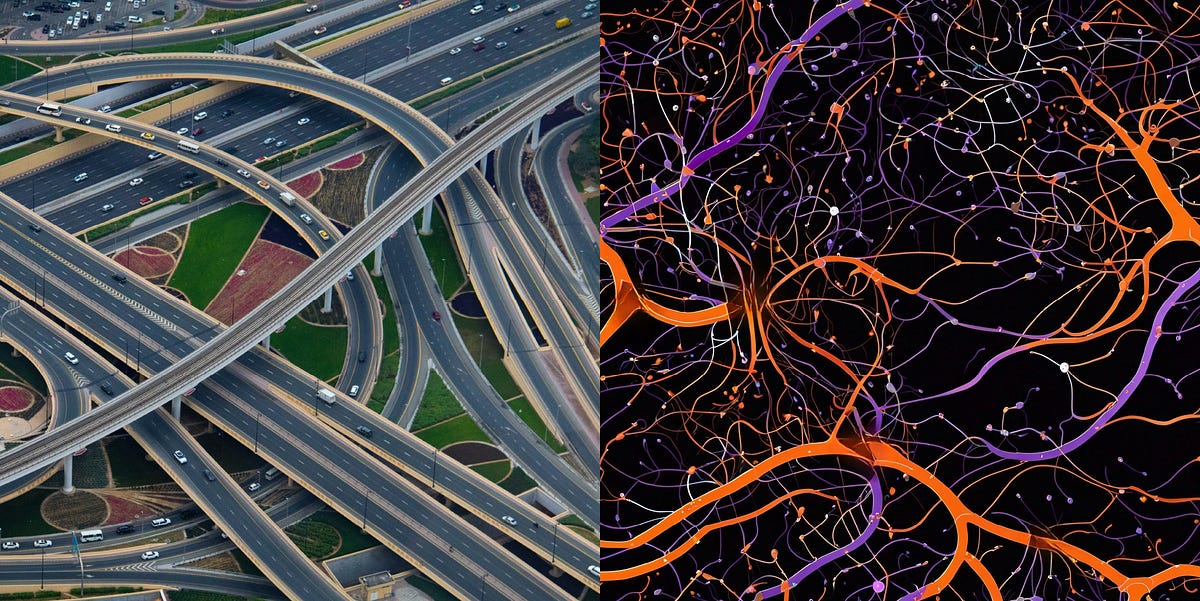
Watch also this interesting discussion between Indy Johar (Dark Matter Labs) and Jordan Hall about transition:
Indy Johar (Dark Matter Labs) and Jordan Hall: a discussion about transition
Finally, it is also interesting to connect the counter-intuitive concepts of “Beyond Growth”, “Degrowth” and “Post-growth” more concretely with the movement of SolarPunk and its themes, either through the lens of criticism of our current socio-economic models, either through the lens of a necessary transition to enable the kind of changes we want to see.
The subject is seriously discussed amongst economists and at the European Parliament. You can find here the EPRS report on “Beyond growth: Pathways towards sustainable prosperity in the EU”:

On the topic of Degrowth (which is often misunderstood), I invite you to watch the case made by Timothée Parrique during The Beyond Growth 2023 Conference.
Decoupling debunked – Evidence and arguments against green growth | Timothée Parrique at The Beyond Growth 2023 Conference
Next week, we will close our exploration of Solarpunk by devising some design principles.
Thanks for reading!
Kevin from Design & Critical Thinking
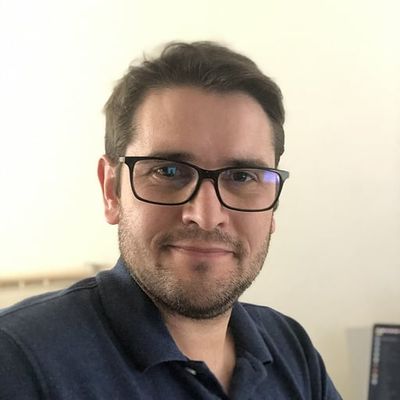
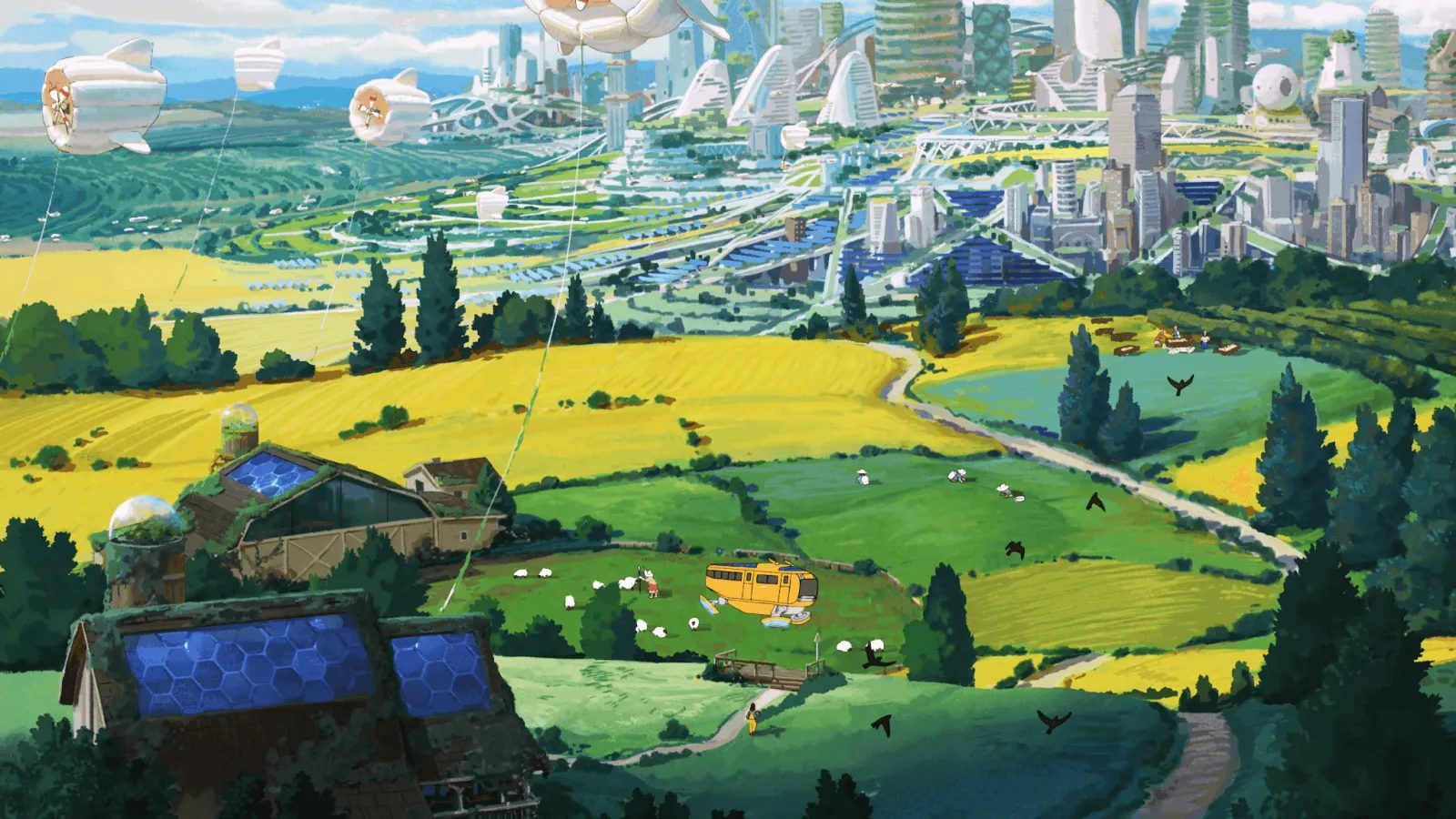


![[Replay] What can designers learn from Solarpunk?](/content/images/size/w800/2024/03/green-landscape-with-a-tree-next-to-a-farm-house-and-futuristic-city-integrated-in-the-vegetation-in.jpeg)
